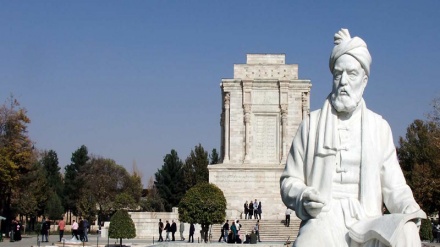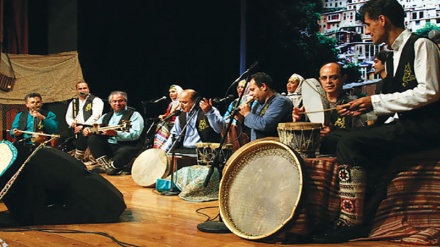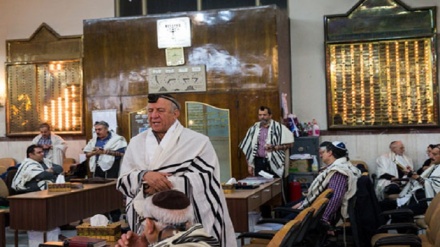Iran, land of various ethnicities (23)
According to the Constitution of the Islamic Republic of Iran, Zoroastrians are one of the religious minorities in Iran and are free to perform their religious rituals and ceremonies within the framework of the law.
The Constitution also makes it clear that the Islamic Republic government and the Muslims are duty- bound to behave non-Muslims with good conduct and Islamic justice and observe their human rights. Today we are going to become familiar with the Zoroastrian ethnicity.
Zoroaster called his message and teachings as Daena Vanguhi which means good religion and good conscience. According to the Zoroastrianism, a faithful person is the one who knows his inner world and the world outside; and discovers the righteous and true way. The history of Zoroastrians starts with the emergence of Zoroaster. Zoroaster whose name is Zarathushtra or Zarathustra emerged in 1767 BC. It is said that Zoroaster was born in the land of Iran Vij including the present day Central Asia, Afghanistan and northwestern Pakistan. The Zoroastrian religious book Avesta has called his birthplace as the bank of River Darja which is probably the River Oxus of Amu Darya. Zoroaster revealed his religion at the age of 30. During the Achaemenid rule, most of the kings and people were Zoroastrians although Zoroastrianism was not the official religion. But the Sassanids declared it as the official religion of the country; hence its further spread. In the 7th century AD, with the arrival of Muslims to the country the majority of the Iranians wholeheartedly accepted Islam. In the 9th century a group of Zoroastrians migrated to India. They are known as Parsees. But others remained in Iran.
Zoroastrians have set up associations since old times. These associations are responsible for administering the social, cultural, ritual and charity affairs of Zoroastrians in their neighborhoods. Moreover, in most of the Zoroastrian-inhabited areas, an auxiliary organ has been established for handling the issues related to women and girls.
It is noteworthy that the World Zoroastrian Congress has been established for increasing cooperation among various associations and organs in a bid to preserve cultural and religious legacy and improve living condition of Zoroastrians throughout the world. The permanent secretariat of the congress is in Tehran. Zoroastrians shape a considerable minority in Iran. They live in many cities but most of them reside in Tehran, Kerman, Shiraz, Yazd, Isfahan, Zahedan and Ahvaz. Zoroastrians participated in the 8-year war imposed by the US through Saddam and 15 of their soldiers were martyred in the war. According to the Constitution they have a representative in the Parliament. Zoroaster had composed his message in 17 songs and called the collection as Manthra which means thought-provoking.
According to the Islamic Encyclopedia the ancient Iranians worshipped different deities of sun, sky, moon, fire, wind and so on. But some believe that they were monotheists and just revered fire as the symbol of light and God.
Zoroastrians have many feasts and customs. Some of these feasts are rooted in natural changes and the turn of seasons while others are religious. Some of these events have remained till this day. Moreover, some of the events are observed almost in the whole country. These include Nowruz (celebration of the New Year) and Yalda which marks the longest night of the year.Among the most important temples of Zoroastrians mention can be made of the following: Pir Harisht, Pir Naaraki, Pir Banu-ye Pars, Pir Sabz (Chak Chak) and Pir Narestaneh. All of these places are located in Yazd province and some of them like Pir Sabz attract large number of Zoroastrians from all over the country.
RM/ME


